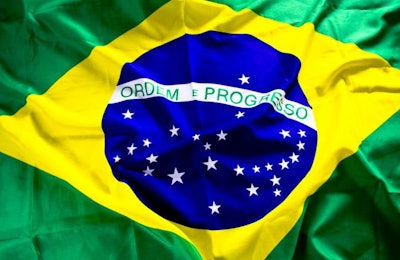
When it comes to highly pathogenic avian influenza (HPAI), most of the global poultry sector’s attention has been placed on three continents: North America, Europe and Asia.
However, Nan-Dirk Mulder, senior global animal protein specialist for Rabobank, said the world really needs to be paying attention to the HPAI situation in South America.
Mulder discussed numerous trends that impact the economic situation facing the global poultry industry while speaking at the Poultry Market Intelligence Forum, held on January 25 as part of the International Production & Processing Expo (IPPE), in Atlanta, Georgia.
“Certainly an important topic to watch is the movement in South America, now,” said Mulder.

Nan-Dirk Mulder (Roy Graber)
While HPAI has been persisting for months in the other three continents, as well as in Africa, he pointed out that the presence of HPAI has been confirmed in several South American nations, specifically mentioning Venezuela, Colombia and Peru. HPAI has also been confirmed in Chile and Ecuador, as well as in other Latin American nations, including Mexico, Honduras and Panama.
But what could be most damaging to the global poultry industry would be if the virus was ever confirmed in South America’s largest poultry producing nation: Brazil. That is a distinct possibility, considering that Peru, Colombia and Venezuela all share a border with Brazil.
“If Brazil were to be hit, it would have a big impact on local production, but also on global markets because Brazil is the world’s leading exporter for chicken,” Mulder said. “So, fingers crossed for Brazil.”
Also during his talk at IPPE, Mulder touched on other global drivers of the poultry industry, including: feed costs, costs and availability of energy and other imputs, supply challenges such as disease and loogistics, the labor situation, geopolitical changes and the economc downturn that was exacerbated by the COVID-19 pandemic.
Read our ongoing coverage of the global avian influenza outbreak.


















